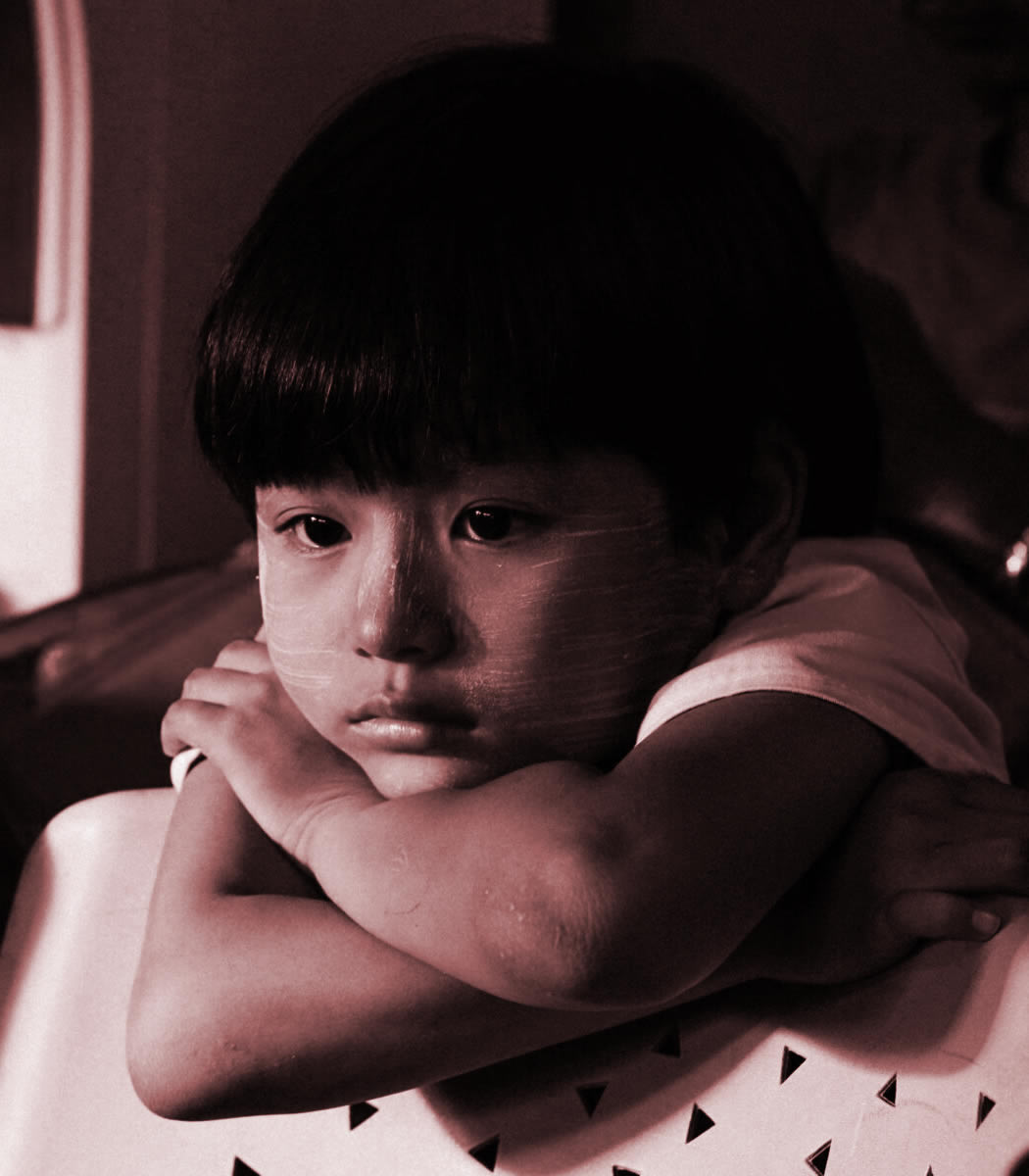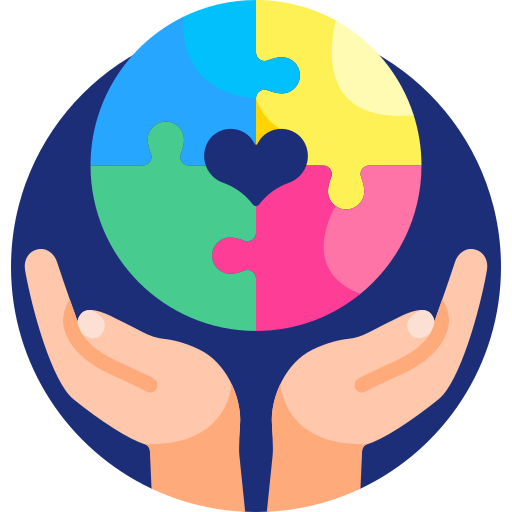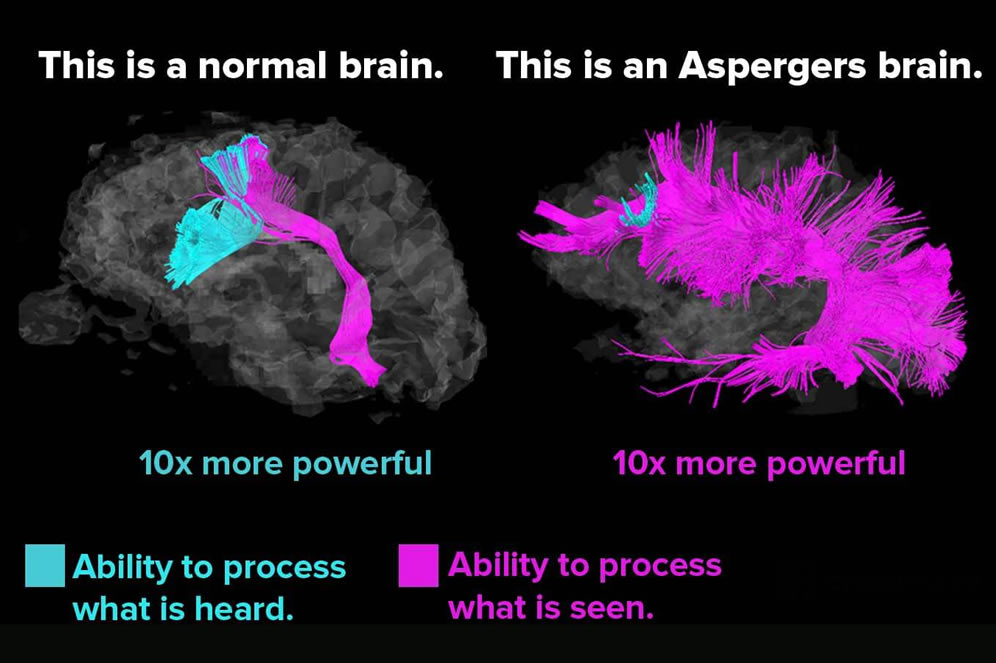
Childhood Disintegrative Disorder
Childhood Disintegrative Disorder (Regressive Autism)
Childhood Disintegrative Disorder is a rare form of autism that affects children between the ages of two and four. Children with this disorder develop typically until about the age of two and then experience a significant loss of skills. They may lose language, social, and self-help skills. Childhood Disintegrative Disorder is often referred to as “regressive autism.”

Childhood Disintegrative Disorder (Regressive Autism) Overview
Regressive Autism, also known as Autism Regression or Late-Onset Autism, is a subtype of Autism Spectrum Disorder (ASD) characterized by a significant loss of previously acquired skills or developmental milestones. Unlike some other forms of autism where symptoms are present from early childhood, regression in autism typically occurs between the ages of 15 to 30 months. This sudden regression can involve a decline in language and social skills, as well as the emergence of repetitive behaviors and restricted interests. Identifying the signs of regression and seeking early intervention is crucial in order to provide appropriate support and therapeutic interventions for individuals with regressive autism.
- Early regression: At about 18 to 24 months of age, signs of autism emerge in a previously unidentified child.
- Late regression: During adolescence, regression can occur in a previously identified autistic person after a childhood of stability.
- Autistic burnout: This is the onset of debilitating symptoms like exhaustion and withdrawal, which accompanies a general reduction in functioning, caused by having to mask in or adapt to the allistic world.
Early signs and red flags
Children with regressive autism may exhibit early signs and red flags that indicate a potential regression in their development. These signs can vary from child to child but may include a loss of previously acquired language skills, social engagement and play skills. Parents and caregivers may notice a decline in eye contact, a lack of response to their name being called and a decrease in social interaction. Other red flags may include repetitive behaviour such as hand-flapping or toe-walking and an increased sensitivity to sensory stimuli.
- Avoiding eye contact
- Not responding when you call the child’s name
- Repeating the exact words or phrases uttered by others, also known as echolalia
- Giving unrelated answers when asked questions
- Systematically using the pronoun “you” instead of “I”
- Not being interested in pointing at objects or toys
- Refusing physical contact
- Having very limited or no social skills
- Failure to understand their own feelings and those of other people.
- Repetitive behavior or stimming, such as flapping hands or spinning in circles
- Extreme anxiety
- Impulsive actions
- Hyperactive behavior
- Difficulty to accept changes routines and transitions into new situations
- Oversensitivity or under sensitivity to sounds, smell, taste, and touch
- Unusual eating habits and preference for certain types of foods
- Sleep regression
- Atypical interests and behaviors
- Playing always in the same way, for example lining cars or building blocks
- Obsessive interest in specific parts of objects, such as the wheels of toy cars.
What causes regression in autism?
Researchers have identified a few possible contributing factors to regressive autism. These factors may influence how an autistic person’s brain functions.
Older research from 2003 found a connection between regressive autism and inflammatory intestinal issues. In the study, researchers found that the colons, ileum, and duodenums of children with regressive autism were more like those of the study’s inflamed controls than the noninflamed participants. The study data suggested that children with regressive autism live with intestinal mucosal immune system changes that differ from other inflammatory bowel diseases. A person’s gastrointestinal health can impact their cognition, mood, and mental health, according to research from 2018Trusted Source. This describes the two-way influence between the gut and brain.
There’s also research indicating that some autistic children may have mitochondrialTrusted Source differences. Mitochondria generates the cellular energy that drives many vital bodily functions, including brain activity. Researchers speculate that abnormalities in the mitochondrial respiratory chain can lead to the onset of autism symptoms in some people. The mitochondrial respiratory chainTrusted Source is an enzyme reaction system that gives cells their energy.
Autoimmunity may underpin regressive autism, according to research from 2021Trusted Source that notes a link between infection, immune-related issues, and autism. Infection may trigger autism signs in previously unidentified children or regression in autistic people. Researchers describe a syndrome called autoimmune encephalitis (AE), where the immune system mistakenly attacks healthy brain cells and causes neuroinflammation. AE can lead to autism or autistic-like traits in some people.
An estimated 70%Trusted Source of autistic people live with the stress of a co-occurring mental health issue like depression or anxiety. Researchers think that core autistic traits can make a person more vulnerable to mental health stresses. For example, an autistic person’s social anxiety might stem from autistic vs allistic differences in socialization styles and priorities. Things like unplanned schedule changes, sensory overload, and social pressure to avoid self-soothing behavior like stimming can also be tressful. Adverse childhood experiences (ACEs), like school difficulties and bullying, can even lead to post-traumatic stress disorder (PTSD) for autistic people. Masking, or trying to fit into an allistic society, can lead to autistic burnout for adults. Stress, autistic burnout, PTSD, and associated mental health issues can lead to regressive autism.
Therapies & Treatments
For kids with regressive autism, there are a bunch of different ways to help them out. These methods are all about making it easier for them to talk and interact with others, as well as helping them get better at day-to-day stuff.
This therapy mainly involves the services of a therapist who works intensely with a child in one-on-one sessions for 20 to 40 hours per week. The sessions usually start with formally structured drills like learning to point to a certain object when its name is given. In the sessions, the child is taught skills like learning the various colors in a simple step-by-step process. ABA programs are claimed to be most effective when they are started early (before the age of five), but they are also beneficial to older children.
In the world of treating regressive autism, speech and language therapy hold a key spot. It's all about helping kids who are on the autism spectrum get better at talking and understanding others. With each session, skilled professionals known as language pathologists team up with these children to boost both their spoken words and gestures without words. They tackle different things like answering when asked something, connecting pictures to what they stand for, making mouth and jaw muscles stronger for clearer speech, and learning how to change their voice tone so it sounds just right. Speech and language therapy is often integrated with other treatments such as ABA therapy, occupational therapy, and neurodevelopmental programs, such as The Listening Program (TLP), which uses music-based therapy to provide auditory stimulation.
Occupational therapy is really helpful for kids who have regressive autism. It's all about helping them get better at things like moving smoothly, handling their senses well, and doing everyday tasks on their own. With occupational therapy, therapists work closely with these children to help them improve how they move in big ways (like jumping or running) and small ways (like writing or cutting with scissors). They might use different kinds of activities that make it fun to learn how to coordinate their movements, keep their balance, and build up strength.
For kids struggling with understanding and reacting to what they see, hear, touch, taste, or smell properly - which can be a big challenge for those with regressive autism - sensory integration comes into play during the sessions. This part includes cool stuff like swinging gently back and forth, bouncing around lightly, or even climbing over obstacles.
Stem cell therapy is an incredible way to boost your child’s potential for it is oriented to solve three of the main autistic areas; gut, brain, and immune system dysfunctions.
Gut: Stem cells work as a barrier in the child’s intestine, and heal leaky gut conditions. This can be translated into less abdominal inflammation, ceasing of pain, and prevention of “leaked substances” that can be carried through the blood to the nervous system (brain), increasing autistic behaviors.
Brain: In terms of the brain, stem cells support learning and cognitive development by enhancing the disrupted unions between neurons. This “re-connection” can represent access to knowledge that the child didn’t have previously, and that is usually manifested in faster learning, increased speech, better cognitive functionality, and overall in a decrease of autistic behaviors.
Immune System: It is well known that stem cells can regulate the immune function by secreting specific cytokines (cytokines are substances that allow cells to communicate with other cells) which regulate the expression of inflammatory substances and down–regulate the immune system.






